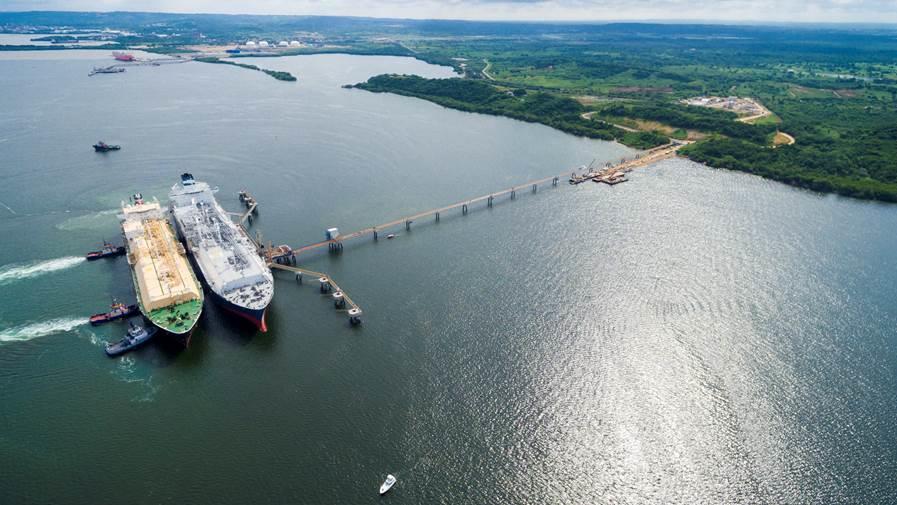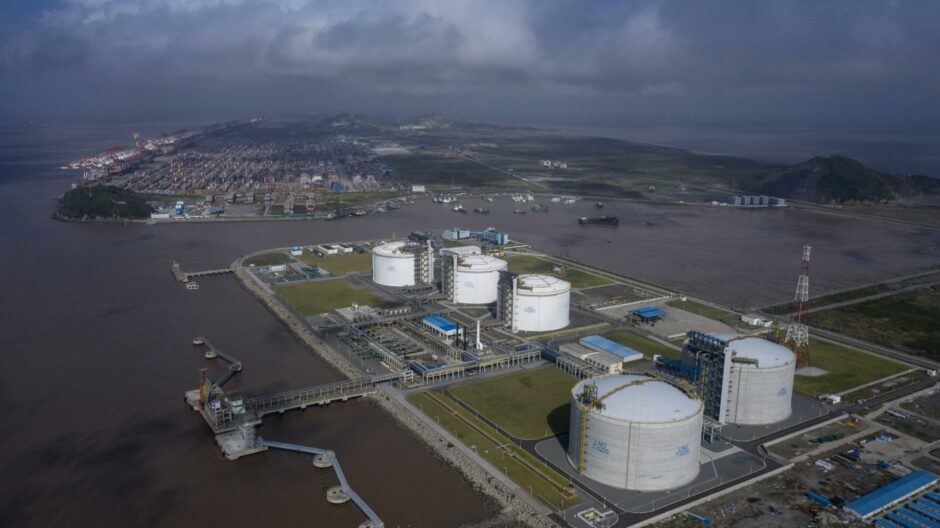
Many in the LNG market anticipated a repeat of last year’s volatility in 2023, but slow Chinese demand recovery and high inventories have kept a lid on prices
Anticipated global tightness in the LNG market has not yet materialised so far in 2023, though there is still potential for prices to rise later in the year.
Last year, concerns over Russian gas into Europe led to a dash for LNG, which saw JKM prices leap to record high of $76 per mmBtu in August.
Shell’s LNG outlook earlier this year modelled an extra 120 million tonnes of LNG demand from Europe in 2023. Allied to concerns that the end of China’s Covid-19 lockdowns would lead to renewed gas demand, some participants have feared a repeat of the global scramble for LNG spot cargoes seen in 2022.
But month-ahead JKM prices were at just under $9 per mmBtu last week, compared to $23.3 per mmBtu in June last year.
“Storage levels are quite healthy, which was not the case last year. With low storage and uncertainty around Russian LNG supplies, the risks [of being short] were bigger in 2022,” says Abhishek Rohatgi, head of global LNG at Bloomberg New Energy Finance.
Stocking up
In April, as Europe left a mild winter and entered the shoulder season, natural gas storage inventories were 56% full — the highest percentage on record for the end of a heating season. Last April the levels were at 26%.
Meanwhile, stronger-than-expected nuclear availability in Japan and South Korea has also kept stock levels high. According to Japan’s Ministry of Economy, Trade and Industry (METI), LNG inventories of major power utilities stood at 2.42mn tonnes in April, 0.79mn tonnes higher than at the end of March 2022.
Chinese LNG imports have also remained lower than many players anticipated, with many cargoes being resold in Asia.
Rohatgi notes that increases in power demand in China are largely being met with domestic coal production and imports. The nation’s domestic gas production has also been higher than expected — partly due to investments amid energy security concerns.
State-owned PetroChina said on a results call in March that it plans to increase its marketable natural gas production by 4.6% to 138.44 bcm in 2023.
Furthermore, China has about 13 bcm of new LNG contracts starting delivery in 2023. This is substantially higher than projected LNG demand in all but the most optimistic of the IEA’s modelled 2023 scenarios for the country.
Opening the arb
Spot prices are still higher in northeast Asia than in Europe, opening up an arbitrage from the Atlantic Basin to the Pacific. While the arb is technically open, anecdotal evidence by traders and analysts suggest that not many cargoes have yet been seen moving.
“We will see some shift in cargoes but there has not yet been any significant flows,” says Rohatgi.
Should there be a big pickup in US flows to Asia in response to positive JKM-TTF spreads, markets may struggle to absorb the additional short-term supply, putting bearish supply pressure on the Pacific Basin later in the summer, and creating a demand pull back to the Atlantic basin.
“We think JKM-TTF spreads will turn negative for the autumn shoulder season,” says Jake Horslen, senior LNG analyst at Energy Aspects.
Price-sensitive buyers
At current low prices, buyers such as India have been entering the spot market, looking to pick up cheap spot cargoes.
“India is already getting back into the market and imports have recovered to the 2mn tonne per month level lately, which is broadly similar to levels before the Russia-Ukraine conflict,” says Horslen.
There is potential for some additional price-sensitive demand from the power sector if prices fall to below $6 per mmBtu, which is when Energy Aspects estimates spot LNG begins to compete with imported – but not domestic – coal for power generation.
But there are a number of unknowns that could keep prices from falling to that level, including further Chinese domestic industrial demand recovery, forecasts of a cold winter, and supply outages.
“The LNG landscape fundamentally remains fairly supply constrained,” says Marc Howson, head of Asia-Pacific at analyst Welligence. “Since 2015, it has been rare for Asian LNG spot prices to be as high as this year’s levels in the northern hemisphere’s spring months.”
And aside from the return of Freeport LNG in the US there is no significant additional supply coming to the market this year or next year.
“As long as this competition is there between Europe and Asia, prices are likely to stay higher than the historical levels,” Rohatgi concludes.
Recommended for you

 © Supplied by Bloomberg
© Supplied by Bloomberg